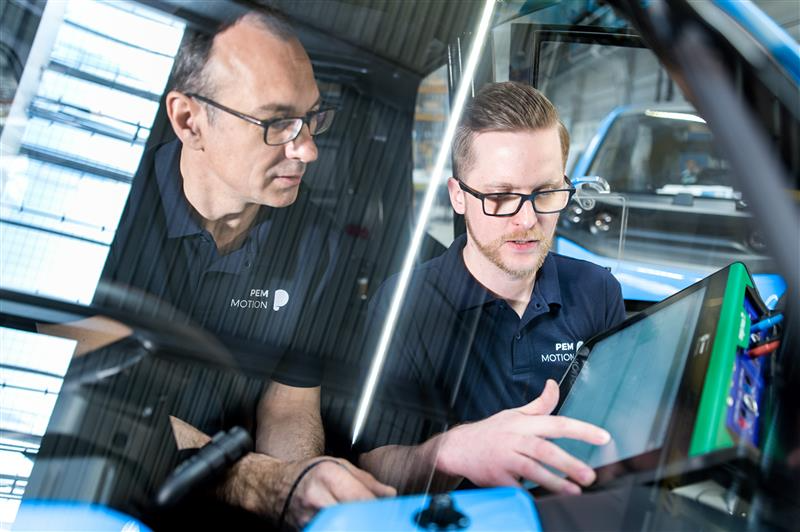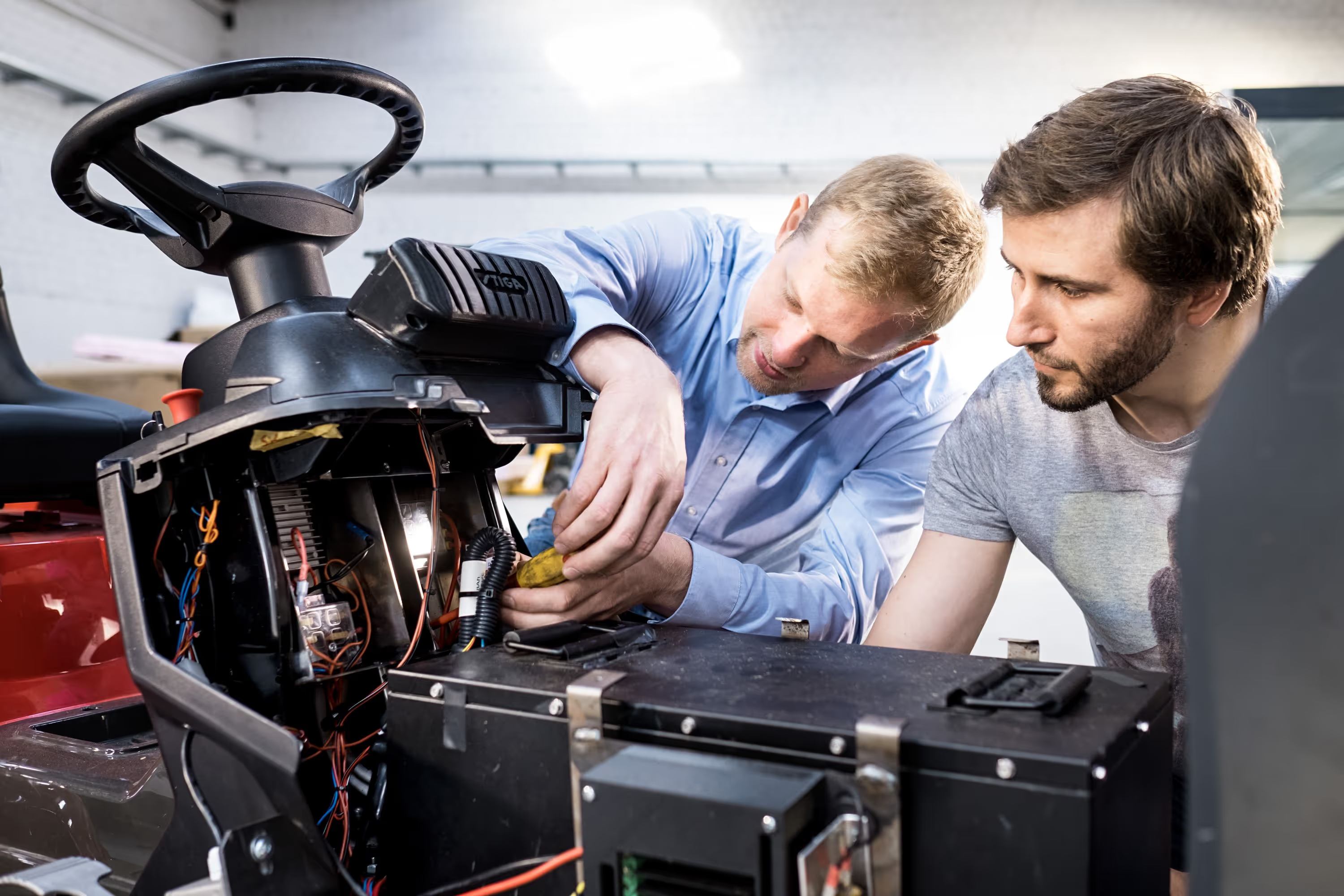Gigafactory
A Gigafactory is a large-scale manufacturing facility, primarily focused on producing lithium-ion batteries for electric vehicles and energy storage systems, designed to achieve economies of scale and drive down costs.
Gigafactory
A Gigafactory, also written as Giga Factory, is a large-scale industrial complex dedicated to the mass production of batteries, particularly lithium-ion cells, to support the global shift toward electric mobility and renewable energy storage. The term, popularized by Tesla with its first Gigafactory in Nevada, combines “giga” (meaning a billion) with “factory” and refers to facilities operating at gigawatt-hour (GWh) capacity—capable of producing batteries for tens of thousands of electric vehicles each year.
Purpose and Significance
Gigafactories play a central role in enabling scalable battery manufacturing for electric vehicles (EVs) and stationary energy storage systems. They are designed to:
- Reduce dependence on imported batteries, particularly from Asia
- Strengthen local value chains and regional energy independence
- Lower the cost per kilowatt-hour through economies of scale and vertical integration
- Accelerate the energy transition and global net-zero ambitions
By consolidating production under one roof, gigafactories optimize supply chains, enhance manufacturing efficiency, and drive innovation across the battery industry.
Global Expansion
The global expansion of Gigafactories has accelerated rapidly in recent years, driven by the surging demand for electric vehicles and energy storage solutions. Today, more than 240 Gigafactories are in operation worldwide, and this number is projected to exceed 400 by 2030, according to Benchmark. Together, these facilities are expected to reach a combined production capacity of around 9 terawatt-hours (TWh). China currently dominates the battery manufacturing landscape, hosting seven of the world’s ten largest producers, with CATL leading the market. However, Europe and North America are making significant progress in establishing their own regional manufacturing ecosystems to strengthen supply chain resilience and energy independence. In Europe, countries such as Germany, Hungary, and France play a pivotal role, collectively accounting for over half of the continent’s planned 1.2 TWh capacity. Notable projects like Italvolt in Italy—a €3.4 billion investment with a planned output of 45 GWh—underscore Europe’s commitment to building a sustainable and competitive battery industry. These developments mark a global shift toward localized production, reduced carbon emissions from logistics, and greater control over critical technologies essential to the energy transition.
How a Gigafactory Works
A Gigafactory typically consists of several production areas, each focusing on a key stage of battery cell manufacturing:
- Electrode Production: Creating the anode and cathode through mixing, coating, drying, and pressing.
- Cell Assembly: Using robotics and automated assembly lines to precisely stack and seal individual cells.
- Formation and Finishing: The cells undergo their initial charge and discharge cycles, testing, and quality control before integration into modules and packs.
Modern Gigafactories apply IoT and AI technologies, such as digital twins, predictive maintenance, and data-driven optimization with algorithms to improve efficiency, minimize downtime, and ensure consistent quality.
Technological Innovation
Continuous advances in battery chemistry and manufacturing processes are reshaping Gigafactory operations.
Innovations such as dry electrode coating, silicon-anode materials, and solid-state electrolytes enhance energy density, charging speed, and safety. Artificial intelligence (AI) and advanced analytics help optimize production lines in real time, enabling higher throughput and faster iteration cycles.
Economic and Environmental Impact
Gigafactories generate significant economic and environmental benefits:
- Creation of thousands of high-skilled jobs in manufacturing, automation, and R&D by fostering skill development with special training
- Regional economic growth through new industrial ecosystems and investments into local economies
- Lower carbon footprint by reducing long-distance transportation of batteries, solar power integration, and waste reduction strategies
However, they also pose challenges, including:
- High energy and water consumption
- Supply chain risks related to critical minerals like lithium, nickel, and cobalt
- The need for sustainable operations and end-of-life management
To mitigate these issues, many manufacturers invest in renewable energy integration, closed-loop recycling, and carbon-neutral production models.
Opportunities and Challenges
Key Opportunities:
- Boosting energy independence and reducing reliance on fossil fuels
- Driving technological leadership through R&D and innovation
- Lowering manufacturing costs via automation and scale
- Strengthening local job markets and industrial competitiveness
Main Challenges:
- Rising raw material costs and supply bottlenecks
- The need for specialized manufacturing equipment and skilled labor
- Ensuring fire safety and robust quality assurance
- Maintaining flexibility amid rapid technological change
The Future of Gigafactories
The next generation of Gigafactories will emphasize modular plant design, solid-state battery production, and circular economy principles.
As global demand for batteries continues to surge, collaboration between manufacturers, technology providers, and research institutions will be essential to achieving sustainable growth and maintaining competitiveness in the evolving battery industry.
How PEM Motion Supports the Battery Industry
PEM Motion, an international engineering and consulting partner for battery technology, plays a critical role in helping battery manufacturers, component suppliers, OEMs, and EV producers navigate the intricate requirements of Gigafactory operations. With key expertise in Battery Testing & Compliance, BMS Solutions, Training, and Operations Support, PEM Motion ensures that clients meet international standards, optimize testing procedures, and streamline documentation. Their services include comprehensive battery validation, risk assessment, and customized training programs that enhance operational efficiency and compliance with regulations such as ISO and UN ECE R100. By leveraging PEM Motion's insights, industry stakeholders can accelerate time-to-market, improve product reliability, and achieve sustainable growth in a competitive landscape.
Our Focus
What we do
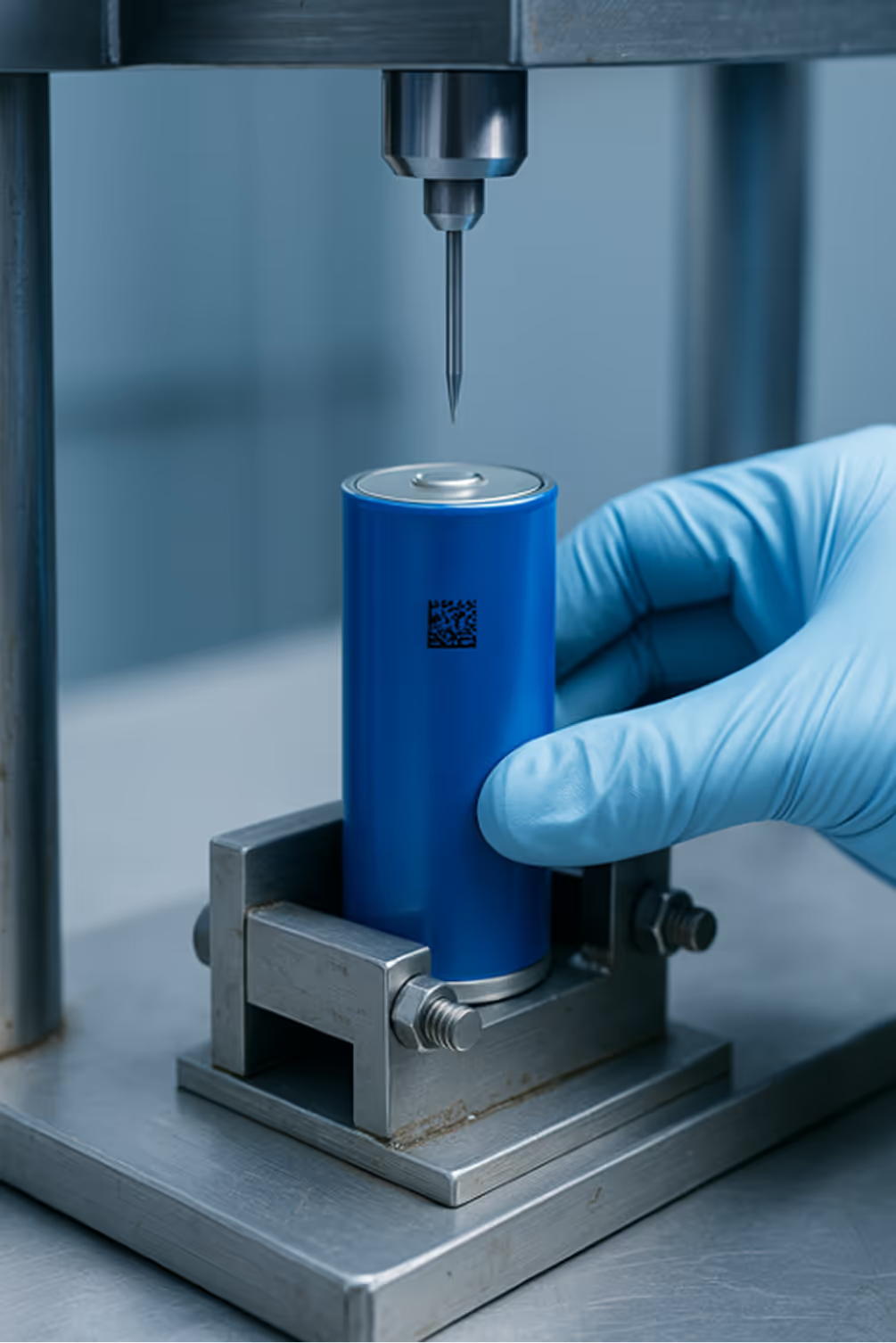
BATTERY Compliance
We ensure your batteries meet all compliance standards for safety and performance.
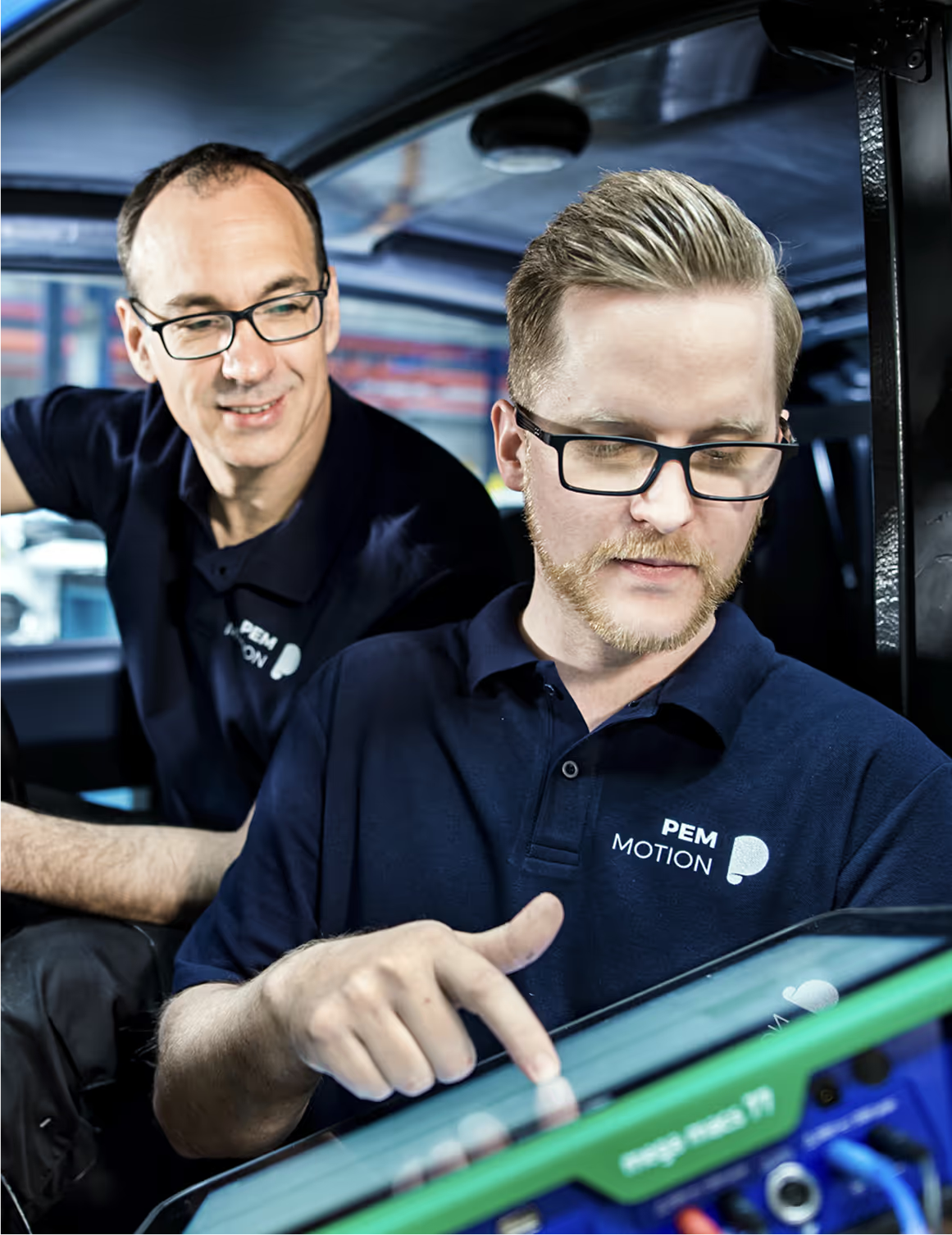
OPERATIONS & TRAINING
We empower your team with comprehensive training and operational consultation for battery technology and energy storage solutions.
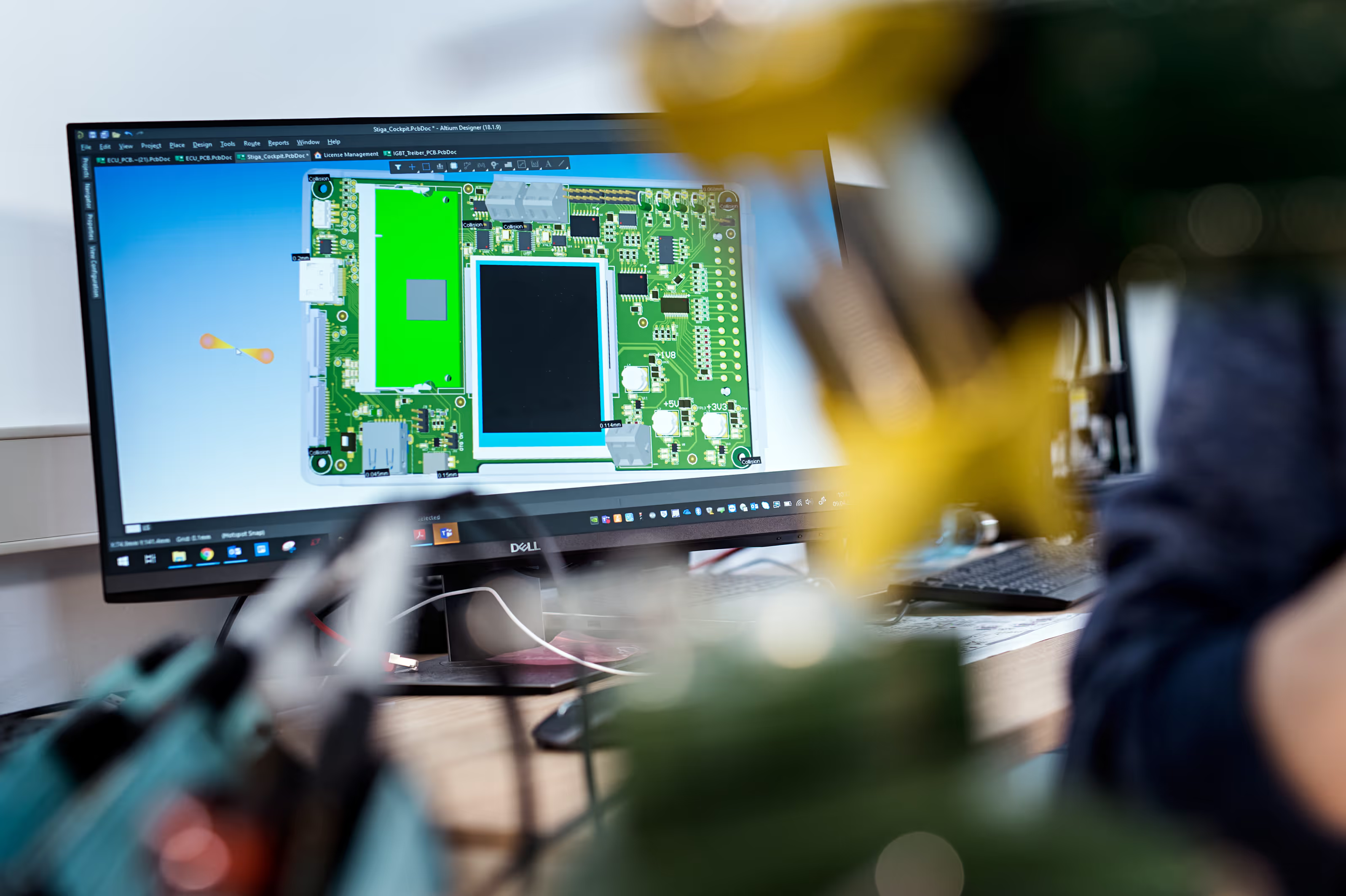
BMS SOLUTIONS
We offer a wide range of Li-Ion battery solutions and Battery Management Systems for various industries.









